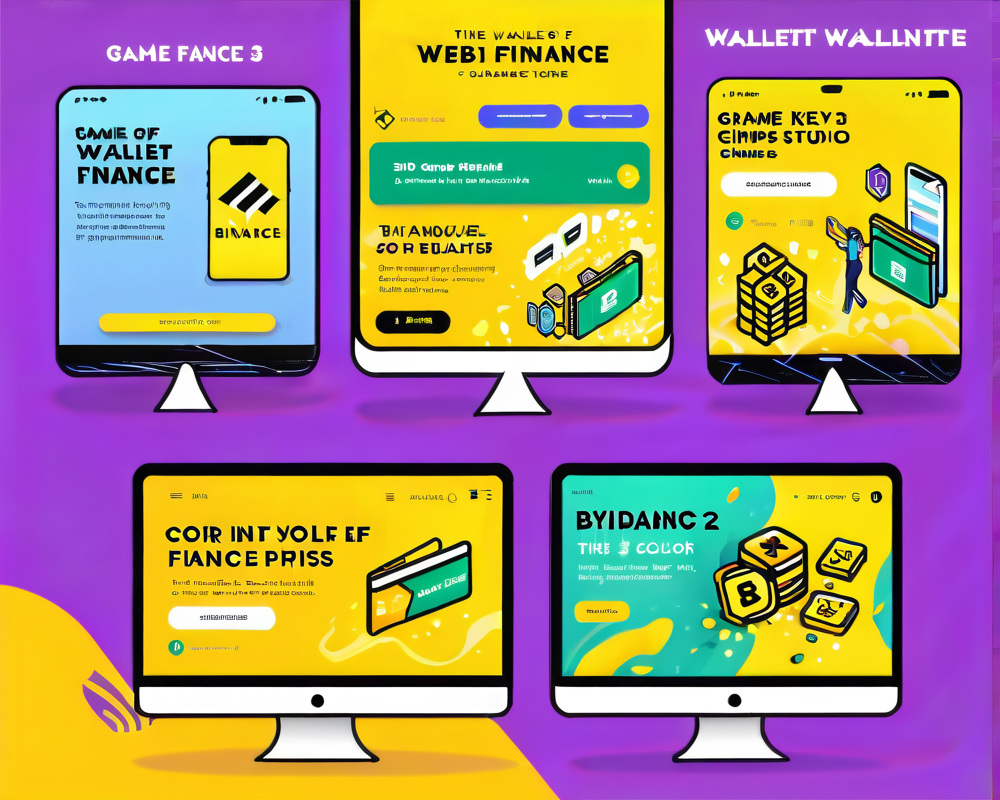Introduction to the New Binance Web3 Wallet
At the recent Binance Blockchain Week conference held in Istanbul, the crypto giant Binance proudly unveiled its latest innovation: a Web3 wallet set to revolutionize the way users manage their digital assets. Accessible through the Binance mobile app, this wallet is more than just a digital vault; it’s a gateway to self-sovereign finance.
What Makes This Wallet Stand Out?
Changpeng ‘CZ’ Zhao, CEO of Binance, emphasized the importance of Web3 wallets, stating that they play a crucial role in the broader Web3 ecosystem. By utilizing multiparty computation (MPC) technology, Binance’s Web3 wallet breaks down user private keys into three components—making it less likely that a hacker will gain access. You could say it’s like putting your eggs in three different baskets, but each basket is safeguarded by multiple locks!
The Magic of Key Shares
- User control: Two of the three key shares belong to the user, allowing them complete self-custody of their assets.
- Enhanced security: By spreading key shares across separate locations, the wallet minimizes risks of compromise.
- Cloud backup: One share is encrypted and stored in the user’s cloud services, providing another layer of security.
Who Can Use It?
As thrilling as this launch is, there’s a catch: users in the US will not be able to access Binance’s Web3 wallet, as the platform itself is unavailable to them. CZ reassured users, “This wallet lowers barriers for self-custody and acts as a bridge to DeFi empowerment.” But alas, for American users, that bridge is under construction.
Security Features That Put Users First
Richard Teng, Binance’s head of regional markets, noted that the MPC technology aims to alleviate fears associated with losing a seed phrase. However, users aren’t completely off the hook. A Binance spokesperson stressed the importance of safeguarding your recovery password, hinting that if forgotten, it could lead to wallet access being lost forever—not a fun predicament.
Key Storage Breakdown
- First key part: Stored with Binance.
- Second key part: Stored locally on the user’s phone.
- Third key part: Backed up in the cloud, encrypted by the user’s recovery password.
The Bigger Picture: Is This Enough?
This new venture comes as Binance faces declining spot trading volume, dropping from a market share of 40% in 2023. While Binance may be trying to diversify its offerings, other exchanges like Upbit are swiftly gaining ground, suggesting that the competition is heating up. Meanwhile, CZ’s net worth took a 38% hit as trading volumes stumbled—a reminder that even crypto giants have their trials!




